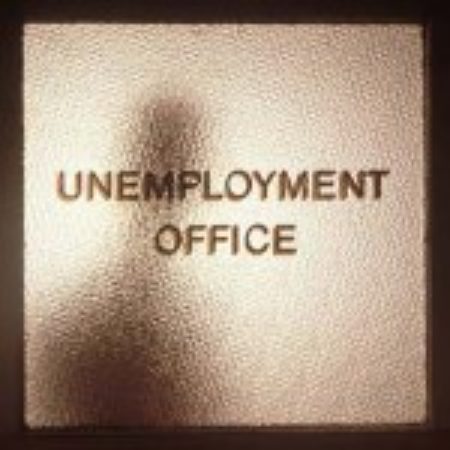(This column first ran in the Richmond Times Dispatch on August 6, 2012). The unemployment rate in theRichmond metro area rose to 6.5 percent in June from 6.2 percent in the previous month after adjusting for seasonal factors.
At first blush, that increase seems like bad news.
But the underlying data show some encouraging signs.
First off, the 6.5 percent rate has been adjusted to give a better idea of long-term trends by removing short-term patterns such as students seeking summer jobs. The Virginia Employment Commission said June’s jobless rate stood at 6.6 percent on an unadjusted basis, up from 6.1 percent in May.
Also, the unemployment rate can be tricky to interpret based on whether the change is a result of changes in the numerator or denominator.
The rate is calculated as the number of unemployed people divided by the labor force, which is made up of everyone who is employed as well as the unemployed who are looking for work.
“Looking for work” is an important distinction.
When the Labor Department talks to people for this household survey, if the individuals say they are unemployed and have not looked for a job during the past four weeks, then they are not counted as part of the labor force.
They are labeled “discouraged workers” in economic terms.
So if people are not looking for work because they think they can’t find a job, then they are not counted as part of the labor force or the unemployed. That could cause the unemployment rate to decrease.
On the flip side, when people who have not been looking for a job start to actively seek employment because they see signs that more businesses are hiring, then the unemployment rate can rise.
As a result, if the unemployment rate increases because more people lost their jobs, that is a bad sign for the economy.
An increase in unemployment numbers is associated with a decrease in the number of people employed, while overall labor force remains stable.
But if the unemployment rate increases as more people start to look for jobs because of better employment prospects, that is not a bad sign.
The regional economy created 3,411 new jobs in June, up 0.5 percent from May.
That would usually reduce the unemployment rolls.
But the number of unemployment actually increase by 1,908.
That suggests more than 5,000 people entered the workforce.
This is what appears to have happened in theRichmondmetro area in June.
The labor force expanded as more people started to look for work, presumably because businesses have picked up the pace of hiring.
Some might argue that people who have stopped looking for work after four weeks should still be counted as part of the unemployed.
Another measure of the unemployed takes that into account but it is not available at the metro level.
If the discouraged workers are included as the unemployed, the national unemployment rate in June was 9.7 percent, compared to 8.2 percent recorded by the traditional methods.
An even broader measure of unemployment also includes people who are working part time but prefer to work full time, also called underemployed.
The unemployment rate was 14.9 percent in the nation in June if both discouraged and underemployed workers are included.
(Christine Chmura is president and chief economist at Chmura Economics & Analytics. She can be reached at (804) 649-3640 or Email this author)






